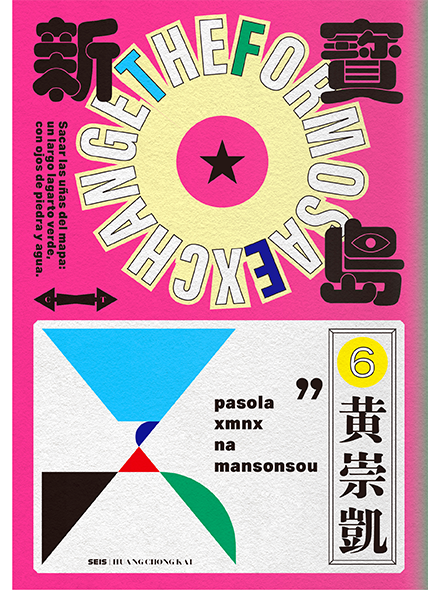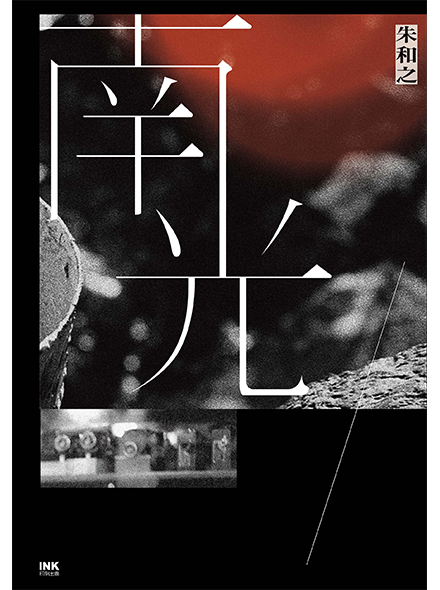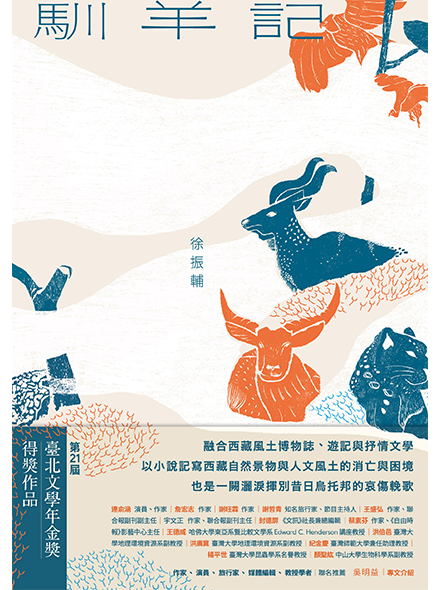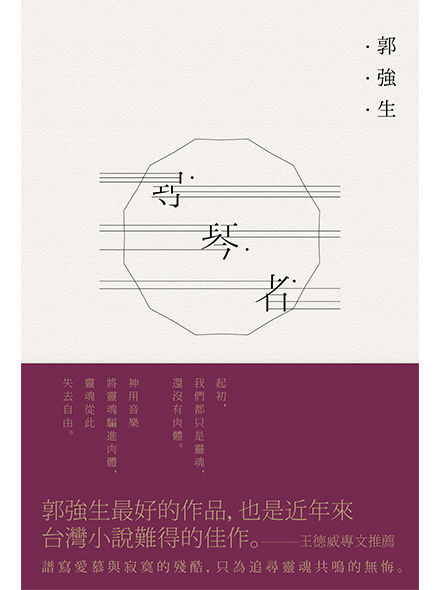A Subtle Foundation in Eastern Philosophy
Skin Deep has all the favorite sci-fi tropes – a future where a hi-tech invention changes every aspect of life; where technology is omnipresent and all-powerful; where the world is harsh, cold and lonely; where the big tech firm and the government come head to head. But these aren’t what make the novel refreshing, nor are they the beating heart of the story. It is the debates and discussions of life, death, time, existence, memory, parallel universe, the real, the virtual, the soul, the body, the consciousness, the will, the self, perception, identity and more within the structure of hard science fiction and a thriller that makes the book stand out.
As the best-known science fiction classics originate from Europe and the US, they are inevitably steep in “Western” mentalities and concerns, inspired by the turbulence and trauma of the 20th century – the decline of imperialism, the reality of colonialism, the horror of war, the threat of annihilation – and their underlying worldview are informed by the relatively dualistic nature of monotheistic Abrahamic religions. As such, risking gross generalization here, many are stories of Us Against Them (be it aliens, AI, the powerful, etc) and “Them” are always the Other – “They” are not just different, but often the opposite of “Us” (usually humans) in terms of values and beliefs, thus threatening and menacing.
Whereas for Isaac Hsu, although grew up on a diet of the Western sci-fi classics, the outlooks and points of view he explores in Skin Deep are “Eastern” at the core, though these influences are never overtly stated or name-checked. His AI creations are not feared because of their ability to approximate human behaviors, emotions and thought processes – in fact, their humanity and intelligence are cherished and encouraged. It is human greed and the grapple for power that poses threats to their existence and tries to corrupt their sympathetic nature.
Hsu’s view of the world is also not absolute or in a dichotomy. One of the biggest revelation in the story is that Z-Yee is G-Na’s AI training subject, upturning every assumption the reader has made, and he continues to drop hints up until the end of the book, pushing the reader to rethink what is real and what is virtual and what is genuine and what is in existence. In this, it feels certain that the author is drawing from Chinese philosophy as well as Buddhism – whether consciously or subconsciously – including the allegory of Zhuangzi dreaming of a butterfly, which spurs the thinker to question whether it was he who dreamt of becoming a butterfly, or whether it was the butterfly who dreamt of becoming him. This ever-shifting perception is also at the heart of Buddhist beliefs, for there is never just one viewpoint, one world, one absolute; there are always overlapping multiples; and no-one has the full view of anything because nothing is constant and unchanging.
A Comment on Beauty and Appearance
The defining technology of the story – the liveskin suit – is a powerful comment on modern society’s obsession with beauty, the pressure of putting the best face forward at all cost, and the desire to chase after the beauty standard of the day. In the story, the definition of female beauty is represented by a celebrity called Sister Apple, and there are faces throughout the story that resembles hers, including the character Apple, who is named thus because of the similar appearance.
Other than purchasing expensive technology to mask the real self, in the additional conversations between G-Na/Apple and Z-Yee after the end of the novel, there are also speculations that wearers of liveskin are taking plastic surgery to create the best bone structure for optimization. And cosmetic procedures – to replicate the common notion of beauty (often represented by celebrities) or to get closer to the airbrushed effect of filters on photo apps – are increasingly common practice today, especially in Asia.
The author also touches on the blurring of reality and make-believe in the pursuit of beauty, and by extension, fantasized expectations of gender behaviors. Z-Yee, being a teenage boy, shapes the AI G-Na in the image of the dream woman in his fantasy, which is part informed by anime, giving her the unrealistic Barbie-like combination of huge bust and tiny waist, big doe eyes that are disproportion to the face, a kittenish voice and inviting mannerism. And in Z-Yee’s “real world” these features can become a reality with changing legislation of liveskin. The reactions of Z-Yee to G-Na’s physical allure – sometimes sparked off by a mere change of outfit – are poignant observations of the today’s objectifying gaze towards women as perpetuated by popular media, as well as the awkwardness of the average-looking person in a society obsessed with beauty and youth.
A Contemplation on Life, Death and Loss
The most distinctive feature about Skin Deep is its ability to meld substantial discussions of heavy philosophical or existential subjects with the thrill of unravelling a mystery – the plot to assassinate the President. The two AI training programs – Z-Yee’s mentorship of G-Na, and G-Na’s coaching of her mysterious student – unwittingly play the key role in trying to overcome the base code in AIs that forbids them to harm humans, and the intended result is for G-Na to murder the President. Part of the conditioning to kill is for G-Na to understand death and betrayal, and the process begins with the Corporation forcing Z-Yee to choose between the two AIs he has been training, G-Na and B-Li. He has to decide which one can continue to live in the virtual Manor world, while the other will be deleted from the system. The disappearance of B-Li makes G-Na challenges Z-Yee, and they debate on the possibility of bringing back or traveling back to the past, on dealing with loss, on clinging onto memory, on the origin of life, sentient and the “soul”, and these considerations are expended further in the three short stories and conversations between Z-Yee and G-Na/Apple at the conclusion of the novel.
A Short, Engaging Novel to be Savored
With such serious subjects, it is natural to assume that the book may not be the most diverting, but in fact, Isaac Hsu’s writing is engaging and sparkling. He expounds on these weighty discussions with a light touch that one feels compelled to whisk through the short chapters – fascinated by the conversations while eager to find out the mysterious of the worlds the characters are in. Hsu does live up to his reputation as one of the foremost sci-fi writers from Taiwan with his skilled and effortless balancing of plot and concepts. The experience of reading Skin Deep recalls watching films like Inception, Synecdoche, New York, or The Truman Show – your heart is hammering to the excitement on screen while your head is spinning to catch up with the bursts of ideas. It is a novel that invites more than one reading.
Read more:
- Isaac Hsu: https://booksfromtaiwan.tw/authors_info.php?id=321
- Skin Deep: https://booksfromtaiwan.tw/books_info.php?id=416
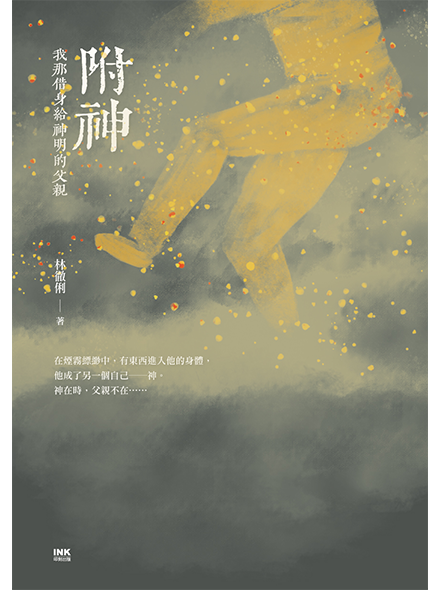
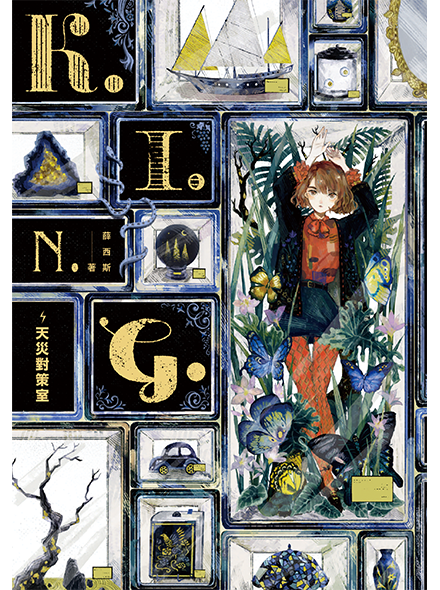
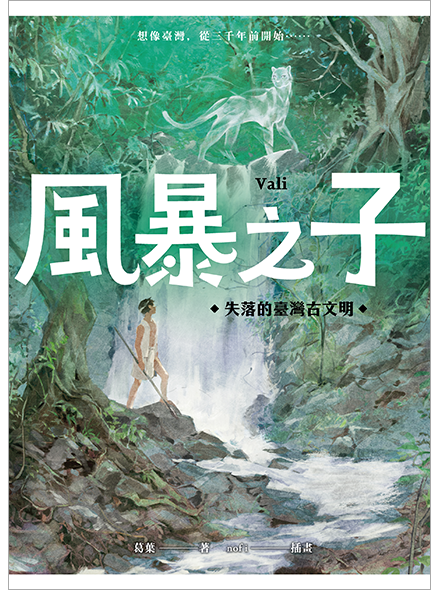
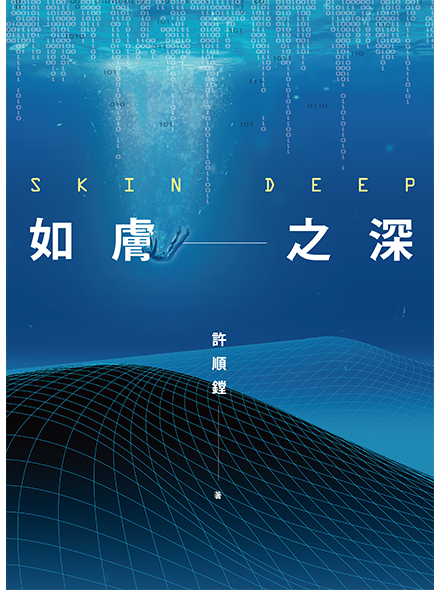
.jpg)
